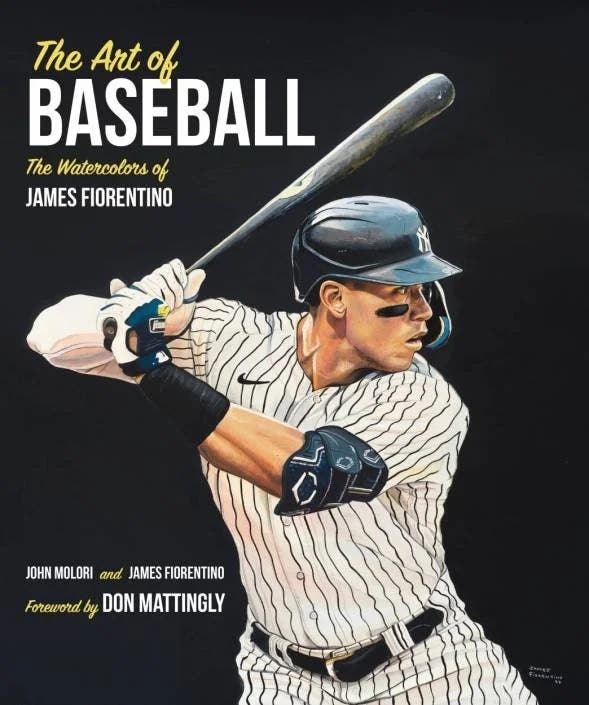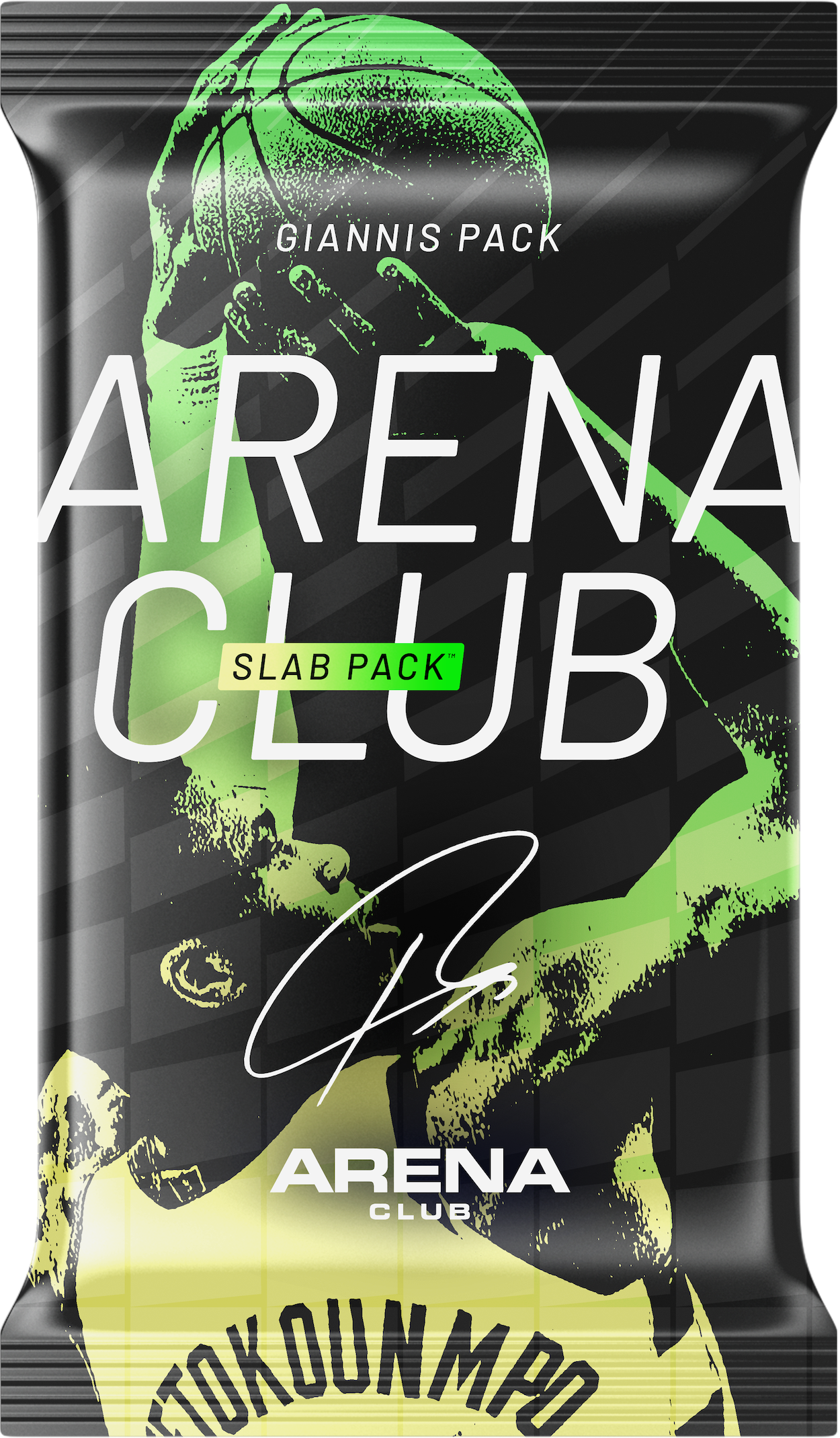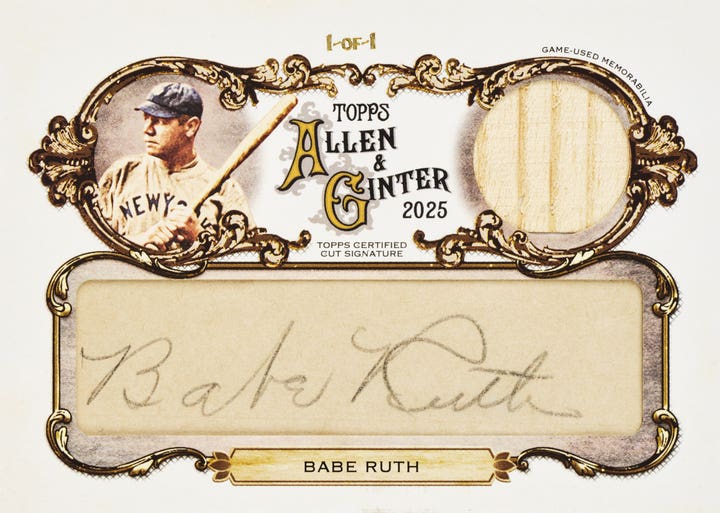News
Part 2: Baseball Cards – Trying to Collect It All
By George Vrechek
In Part 1 of this two-part article, we described how collectors of vintage baseball cards might accumulate as many as 30,000 cards and run out of affordable and available vintage cards to collect.
We found, however, there are at least 110,000 cards described in the Standard Catalog of Vintage Baseball Cards. In this final part of the article, we will look at what is left to collect after you knock off 30,000 cards in easy sets like Topps, Bowman, Goudey and the T206s – just kidding about the easy part.
Minor league issues
Minor league sets range from very valuable early tobacco cards to recent issues trying to capitalize on rookie card collecting. Babe Ruth’s Baltimore Oriole rookie card sold for $450,000. The massive and expensive T210, T211 and T212 sets were all minor leaguers, and there were some great PCL issues like Zeenuts (3,622 cards), Mother’s Cookies and Seattle Popcorn (348 cards). The catalog includes these cards, but they are relegated to the back of the book. I’m going to treat them as a separate group.
However, I’ll leave the minor leaguers in the T206 set and the pre-1900 minor leaguers out of this grouping since that’s how Lemke handled them.
This convenient exercise has created a group of about 8,000 cards, including some rather pricey items. The catalog doesn’t bother to list the plethora of minor league sets from the 1970s, which would be at least a few thousand more cards.
Foreign cards
Canada doesn’t seem very foreign, but I am going to categorize the 6,950 O-Pee-Chees produced before 1981, along with 2,041 Topps Venezuelan cards and other Latin American issues, into another category comprised of 46 large sets with 10,721 cards. Many collectors have worked away on the O-Pee-Chee sets. The Latin American issues are harder to find; many are stickers that have already been “stuck.” A few of these issues go back to the 1920s and 1930s. I have settled for collecting type cards of these issues. I am concerned that if I have more than a few dozen O-Pee-Chees that I will be looking for 6,900 more and crossing the border to find dealers in dimly lit Canadian hotels.
Team sets
Team issues are usually relatively affordable, but their availability outside the city of issue is a challenge. Some teams were issuing cards in the early 1930s and have kept at it. There are gray areas as to what should be considered a team issue, but I counted 503 vintage issues and 10,292 cards. Generally, the issues included all members of the team and utilized picture packs or postcards. Putting together sets for team-issued Cubs, Dodgers, Red Sox or Indians will keep you busy. Jay Publishing alone cranked out 1,571 cards for teams during the 1950s and 1960s.
Test issues
Topps produced several issues that were tested in limited areas or may have not even made it out of the office. In some cases, there are only a few samples around, sort of like looking for Cobb’s teeth. It is great they are listed in the catalog and they provide interesting reading, but they aren’t often available. There may be 45 issues with 834 cards in this category, plus quite a few more items that I included in the non-card group above.
There are several gray areas between test issues and what was distributed to the public. In this category, I included advertising panels, certain stickers, plaks, 3-D cards, puzzles, 1951 All-Stars and other oddballs.
We are down to looking at about 25,000 vintage cards not covered by the above categories. Let’s look at the more recent sets first that might be affordable and available.
What’s left to find from the ’70s?
The leftovers from the 1970s, not among the sets previously mentioned, include an assortment of 127 small sets with 3,098 cards that didn’t seem to be collector issues or team issues, but may have been pretty close. The largest sets were 1975-77 Shakey’s Pizza (205 cards), 1973 Linnett Portraits (179 cards), 1970 Dayton Daily News (161) and 1977 Sportscaster (142). They aren’t expensive, but they aren’t necessarily easy to find since they aren’t viewed as exciting inventory.
1960s
For some reason, the oddball sets from the 1960s seem to generate more enthusiasm. Topps collectors from that era were hungry for something else, and several small issues with regional distribution fit the bill. I found 91 sets with 2,203 cards from issuers like Ashland Oil, Dexter Press, Bell Brand, KDKA Pirates, Rawlings and Sugardale. I see these sets on collectors’ want-lists as they expand their horizons.
1950s
Many of these remaining sets from the 1950s (2,200 cards) were issues like Esskay, Volpe, Hunter’s, Num Num, Glendale and Stahl-Meyer featuring local teams. National issues included Red Man and Hires. Challenges in several sets from the ’50s and ’60s involve fretting over tabs attached to the cards, product staining and scarce players.
There are interesting sets here that can also be very expensive – how about $206,000 in Near Mint condition for the 60 Esskay Hot Dogs Orioles, $60,000 for 86 Hunter’s Weiners Cardinals or $55,000 for 28 Glendale Hot Dogs Tigers. Who knew that hot dog packaging could be so expensive?
The 1952-55 Red Man Tobacco cards (205 cards, depending on how you count) can be fun to collect with their larger size, drawings, tabs (or not) and bright colors. Watch out for unmarked reprints. You can also collect them twice, if you want each of the backs with the two different offer expiration dates. I sent a Red Man of Washington Senator Gil Coan to him recently since he didn’t have one. Hires are also available, but the “with tab” specimens are pricey.
The late 1940s
There were not many sets to choose from in the late 1940s. In 1947, Tip Top Bread issued 163 cards in various regions. A Near Mint set runs $20,000. The 1947 Sports Exchange 108-card set was actually one of the first collector sets but rated a ACC classification of W601 from Burdick. There were two small sets from Swell in 1948: Babe Ruth Story and Sport Thrills. Bond Bread issued five sets in 1947. The 13-card Jackie Robinson set is listed at $85,000 in Near Mint. The other sets are much more affordable, but watch for reprints. Also in 1948, there is a 48-card R346 Blue Tint set with plenty of New York players.
1930s and early 1940s
Most of these sets have been included in my ideal 30,000 super card collection of popular sets like Goudey, Diamond Stars, Play Ball, Sport Kings, Tattoo Orbit, Goudey and National Chicle Premiums, S and S and Double Play. There are another 90 sets making up 2,400 cards in the catalog. I wrote SCD articles a few years ago about delving into this decade’s sets as well as a story on the discovery of uncatalogued Al Demaree Die-Cuts found under a bed in Wisconsin.
My observations were that there were some interesting sets like Butterfinger and Rittenhouse in this era that were not ridiculously priced unless you had to have names like Ruth, Gehrig and DiMaggio. I checked eBay listings and reported that the hardest to find cards were Al Demaree, Schutter and Johnson, George C. Miller, Eclipse Import and Rittenhouse. I checked Burdick’s collection at the Met and found he only had a few of the 32 George C. Miller cards, and this set was issued in 1933 when Burdick was looking for everything. The set today is listed at $125,000.
The 1933 U.S. Carmel set has 32 cards including Ruth and is listed at $75,000. Pioneer collector G. Lionel Carter’s favorite cards were the 1933 DeLongs. This colorful 24-card issue has Ruth, Gehrig and the other big stars of the day, looking even bigger as they loomed over stadiums. Carter’s set cost him 24 cents in Mint condition. He traded away his duplicates. A Near Mint set today is $30,000, per the catalog.
There were at least 208 Wheaties boxes with players on the backs issued during the 1930s. Their prices today aren’t too bad, since youngsters didn’t use laser cutting technology in freeing these players from the rest of the cereal boxes.
There were 128 Four-on-One Exhibit cards issued in the 1930s at about a rate of one sheet of 16 cards each year. The common cards aren’t too expensive, but you have to like having four guys on one card. They can also be found already cut into four cards for you.
1920s
I only included the E120 and E121 sets in my fabulous virtual 30,000-card collection. There are at least 65 sets with 3,300 cards to choose from among other issues from the 1920s. The Exhibit Supply Co. issued more than 600 cards in this decade and most of them are the more attractive one-player-per-card versions since the Four-on-Ones didn’t start until 1929.
Inexpensive strip cards (10 for a penny) were issued in the 1920s with limited identification. Burdick categorized them as “W” cards starting with W500. The “W” designation was the result of these ”recent album cards” being in the general category of souvenir cards, which were covered later in Burdick’s catalog than advertising or insert cards. The letter “W” was left over for these second-class citizens. Burdick even mentions that these blank-backed strip cards were not inspiring compared to the tobacco inserts or later gum cards. I think of “W” as meaning: “What are they?” There are at least 1,000 such cards in sets known as W501 through W590.
What Burdick considered as larger pictures rather than cards went into a designation starting at W600. Many of the flimsy paper “W” cards are expensive today if in great condition, but since they are usually found in lousy condition, they may provide fertile ground for expanding that little 30,000-card collection.
Other sets from the 1920s that might attract attention are 1921-23 National Caramel (E220), R315 and R316 Kashin Publications. The 1928 and 1929 Star Player Candy issues of 76 cards have star prices that seem incredible given their ordinary appearance. A graded Ruth card complete with pinholes, tears and wrinkles was offered on eBay for $7,000.
Prior to 1920
In addition to the Old Judges, T201, T202, T206 and T207s I included in the popular pursuits, there are at least 380 sets with 15,000 more cards issued before 1920. Such sets include T204 Ramly, Cracker Jack, Weil Baking, E91, M101, Fan Craze and Famous and Barr. Cards like Kalamazoo Bats, Old Judge Cabinets, and Just So Tobacco will run several thousand dollars – per card. The 1910-12 second tobacco era produced a plethora of new cards not matched until the late 1950s.
I was unable to calculate the values for everything in the catalog and have not covered the question of what all of this costs. My best guess though is that the cards from the pre-1920 era would account for the bulk of the dollar value of all the cards in the catalog. With patience and an unlimited amount of money, you should be able to finish the rare and expensive sets in this general category within this century.
Thinking outside the box
Some readers may well decide it is impractical to keep collecting ever more expensive vintage cards. I have assumed that you won the lottery in order to keep working on some of these old sets. Even if you do win the lottery, you may not want to spend it all on baseball cards. Obviously, you will need to save some of the lottery money for football, basketball and all the other cards. It might also occur to you that vintage cards include no one who is still on the field. Rickey Henderson was the last “vintage” player, and he retired 10 years ago.
You might conclude that the 1980s and beyond will produce the vintage cards of the future as mothers (and Al Rosen) throw out the old cardboard like mothers of old. Rather than going after $125,000 sets of George C. Miller cards that even Burdick couldn’t find, why not pick up some sets issued after 1980 that are available, inexpensive and may even include players who are still playing. What a concept! Whatever direction you decide to go, Burdick would be happy if you continue to expand your interests. What anyone chooses to collect or not collect is entirely up to them. It is a hobby.
A plug for the catalog
If you decide not to go after many additional cards or sets, you can still experience some of the action by reading about the many interesting issues in the Standard Catalog of Vintage Baseball Cards. The catalog is an incredible collection of information about the origins, difficulties and nuances of thousands of sets based on contributions from collectors and dealers over many years. The type font is even large enough that I can read it. A big plus, in my opinion, is that the catalog provides pricing in Near Mint, Excellent and Very Good and avoids the focus on “book value” as being the value of Near Mint cards. I’ll wager that the most common condition for cards before 1960 is closer to good. I would actually prefer to see NR Mt, VG-EX and F-G for the three columns for vintage cards.
Collecting as a magic carpet ride
Jefferson Burdick took collectors along on a ride that he described in his last 1960 American Card Catalog. Incidentally, Burdick had to encourage collectors to buy his 240-page catalog that sold for $5 in 1960, which is the equivalent of $40 today. Burdick wrote, “A card collection is a magic carpet that takes you away from work-a-day cares to havens of relaxing quietude where you can relive the pleasures and adventures of a past day – brought to life in vivid pictures and prose.”
The Standard Catalog of Vintage Baseball Cards is today’s time machine to journeys to the past. Although you can’t collect everything, why not continue to expand your horizons?
George Vrechek is a freelance contributor to Sports Collectors Digest and can be contacted at vrechek@ameritech.net.








